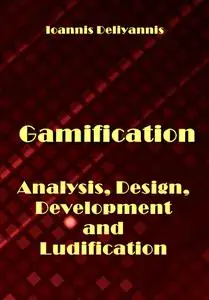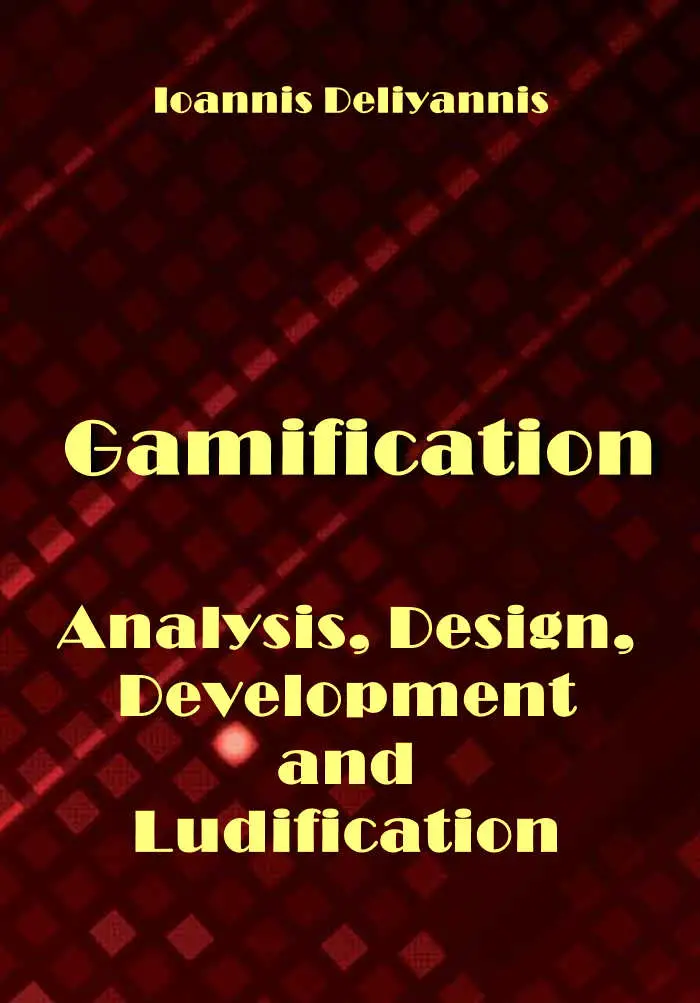"Gamification: Analysis, Design, Development and Ludification" ed. by Ioannis Deliyannis
ITexLi | 2023 | ISBN: 1803562617 9781803562612 1803562609 9781803562605 1803562625 9781803562629 | 160 pages | PDF | 9 MB
ITexLi | 2023 | ISBN: 1803562617 9781803562612 1803562609 9781803562605 1803562625 9781803562629 | 160 pages | PDF | 9 MB
This book examines how gamification is designed and implemented today, particularly within our transmedia world. This process requires balancing the narrative elements and the gamification mechanics used within the scenario that leads to the target objectives.
It is important to examine how exemplar case studies have been developed to learn from those implementations and advance this research and applications in this area. Authors approach the interdisciplinary design of gamified systems both as a deterministic and a creative process. From the deterministic perspective, one must design the system functionality as well as the rules and the mechanics that govern the functionality. However, the creative process is often an important factor for the success of an implementation. This includes all aspects of a gamified system, including its aesthetics, storyline and narration, and in more technologically advanced systems that are not limited to one medium. An important development in the field is the ability to use both gamification and ludification techniques within an implementation, a process that can create systems that are enjoyable and can dress up the scenario in our attempt to reach a state of “Flow”(In Csikszentmihalyi’s words, flow is “a state in which people are so involved in an activity that nothing else seems to matter; the experience is so enjoyable that people will continue to do it even at great cost, for the sheer sake of doing it”). Contemporary gamified systems utilize a wide variety of technologies that allow the extension from cross-media to transmedia scenarios. The availability of so many technologies and media platforms that one may use to design a gamified process is phenomenal, extending our capacity to create new gamified realizations that were not possible in the past as they can combine the complete reality–virtuality continuum.
Contents
1. Games, Gamification, and Ludification, Can They Be Combined?
2. Right Game, Wrong Place? A Case Study: Using a Gamified AR Application in a Heritage Context to Promote Engagement and Learning
3. Research on the Design of Interactive Games of Intangible Cultural Heritage Based on HTML5
4. A Usability Analysis of the DAO Concept Based on the Case Study of a Blockchain Game
5. Activity Based Learning (ABL) Using Gamification (GBL) in Mechanical Engineering Design Education: A Studio-Based Case Study
6. Making Education More Brain-Friendly through Gamified Instruction
7. Creating Effective Management Simulations: Rapidly, Responsibly, Relevantly
8. Improving the Brain-Computer Interface Learning Process with Gamification in Motor Imagery: A Review
9. Dynamic and Adaptive Playout of Competency-Based Learning Games Based on Data in Learners’ Competency Profile Considering Didactical Structural Templates
1st true PDF with TOC BookMarkLinks
More : You find here



